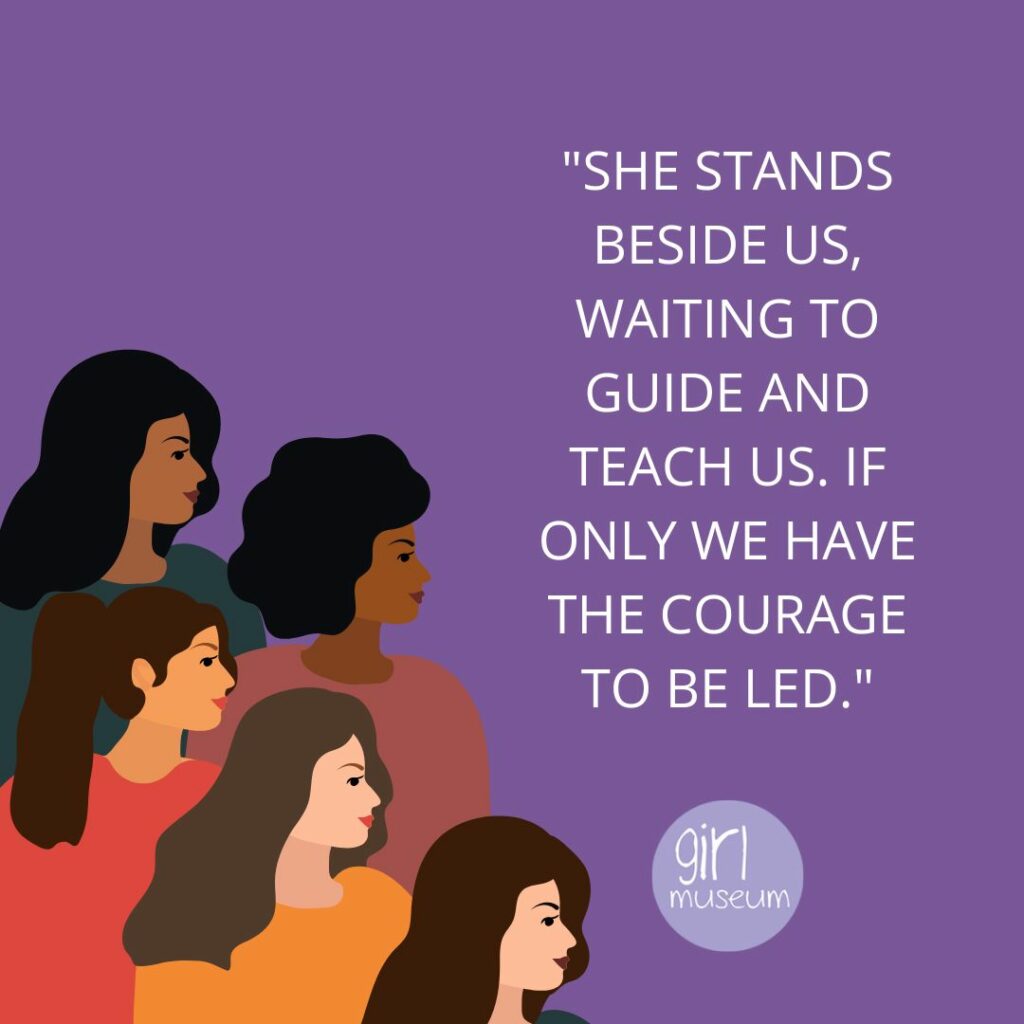For International Women’s Day, with a theme of embracing equity, I want to shine a spotlight on something that Girl Museum – and our field, girl studies – has long struggled with: the definition of girlhood. Yet this struggle is one that we make more difficult than it needs to be.
Later this month, I will be presenting at the Girl in Theory Symposium, a virtual three-day symposium where girl scholars are going to be debating the definitions and meanings of girlhood while sharing a huge variety of our work in the field. A cursory glance at the program reveals all one needs to know about girlhood: it is as varied, diverse, and beautiful as girls themselves. There is no one way of being “girl” – and if this is the case, how do we define “girlhood”?
I attempted to tackle this in the introduction to A Girl Can Do: Recognizing and Representing Girlhood and want to share that here today, in a summary fashion. (Because who likes jargon, really?)

Girlhood is not a fixed or defined point, but rather has multiple meanings based upon the sociopolitical definitions existing within a particular time and place – i.e., how a girl defines herself is based upon the time and place in which she lives, and whether she adheres to, rejects, or modifies societal norms as well as other factors like race, ethnicity, class, sexual, political, and other identity categories. This makes girlhood a truly intersectional field that embraces history and identity as guides to understanding who we are and a means for being activists for girls’ rights today.
Intersectionality can complicate our attempts to define girlhood. For A Girl Can Do, I chose the opposite approach – a broad definition of “girl” that incorporated both modern and historical definitions. Contributions were asked to submit chapters where “girl” was defined as “self-identifying female under the age of 21.” This made “girl” defined by two factors. First, the person(s) discussed must be self-identified as female, which embraced historical and modern girls whose biological sex at birth may not be female. It also incorporate cultures where the term “girl” is applied to adult females or cultures which incorporate gender fluidity and multiplicity. It also recognizes gender as a spectrum whose core issues concern inequality and power differentials. Yet despite how “girl” is used, the use of the term as an identity marker has almost universally been perceived as being less valuable than being male and continues to be an experience of social inequality. (For more on that, I recommend the works of Mariachiara Di Cesare.)
Second, the person must be under the age of 21 – i.e., the chapters must cover the period of life from birth to chronological age 21. I chose this in order to prioritize the early life experiences of girl culture. However, I recognized that this is a personal bias of mine, coming from the Westernized culture that utilizes chronological age – a modern phenomena originating in the seventeenth century to define who bore political rights and who did not. It is a power structure that has organized society and marginalized many – primarily non-whites – through colonial systems of oppression. There are many other systems of conceptualizing age – such as cultural milestones (onset of menses), relative age (seniority/juniority to others), and even other calendar-based systems such as Confucian systems. Choosing the chronological age system maintains a power balance that, quite frankly, I have yet been unable to find a means of reconciling with given its prevalence in current academic practice.
For girls, these two factors – sexual identity as “girl” and their age – combine into what is called gendered ageism – a form of double discrimination that defines their lives. This is compounded by other identity-based discriminations (race, ethnicity, social class, etc.) into an intersectional system of oppression. Within legacies of colonialism and racism, even greater oppression continues to exist and compounds these categories into more nuanced experiences.
Throughout each identity marker, the definition and experience of girlhood changes – its meanings shifting into an individualized thread of life that only that particular girl can share. Yet when taken together, these threads form intricate webs of experiences that help us define different types of girlhoods. Perhaps they are experiences of British colonialism, or the Kindertransport, life during the late 19th century – defined by time periods and places. When we look at these microcosms of experiences, we see commonalities and differences that allow us – as scholars – to define girlhood by time and place, to see glimpses of how girlhood helps us better understand our pasts and present.
Childhood affords a unique view of the human experience, and girlhood even more so – for they are some of the most oppressed, by virtue of sex and age, and compounded further by other identities. What stories can they tell us? What artifacts, memories, and meanings have they left behind? What world can we create if we listen to them – and act on the lessons they have left for us?
If we are to embrace equity, we must embrace the girl as not just our subject, but our partner. She stands beside us, waiting to guide and teach us. If only we have the courage to be led.
